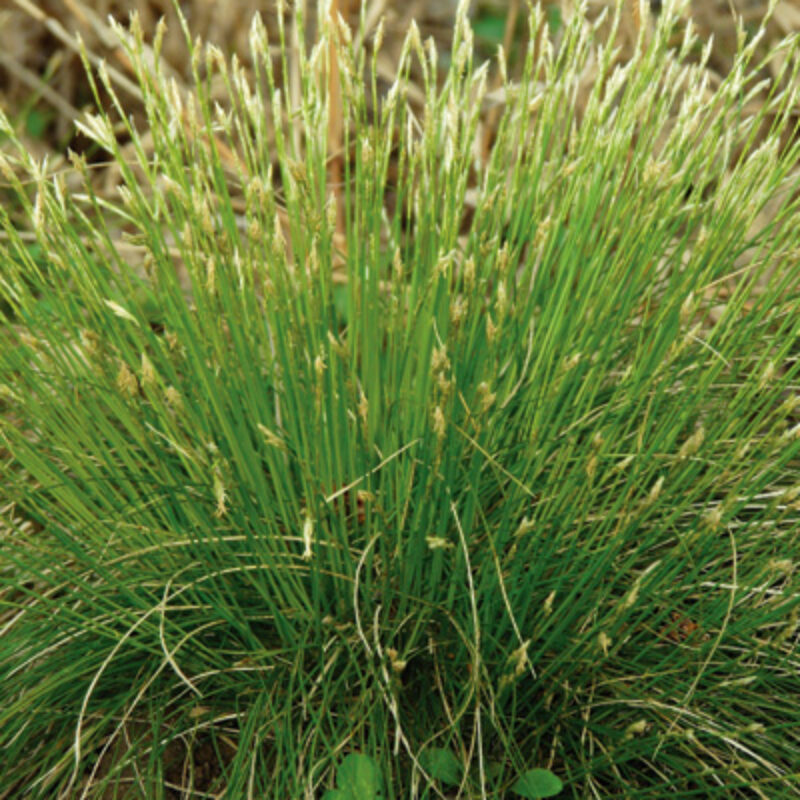Ivory SedgeCarex eburnea
Carex eburnea does best in shady areas and can tolerate a range of soil and moisture conditions. It is primarily found in wooded bluffs of the Minnesota and Mississippi River valleys. This sedge is used in landscape primarily for its foliage, which has soft, fine leaves forming a 6-10" clump.
USDA symbol: CAEB2
General Information
| Plant Type | Grass |
|---|---|
| Height | 6 to 12 inches |
| Light Exposure | Shade |
| Soil Moisture | Dry, Medium |
| Bloom Color | Green, Brown |

Tolerances
| Flooding / Inundation Tolerance | Low |
|---|---|
| General Resilience | 5 |
| Salt Tolerance | Medium |
| Stress Tolerance | Drought Tolerant |
Pollinator Value: Low
| Bloom Months | May to July |
|---|---|
| Larval Host of | Butterflies |
| Specific Pollinators Hosted | Numerous butterfly species |
Project Planning
| Project Type | Rain Garden, Shoreline Buffer |
|---|---|
| Coefficient of Conservatism | 8 |
| Herbivore Sensitivity | Low |
| Lifespan | Perennial |
| Rate of Spread | Slow |
| Soil Stabilization | Shallow |
| Vegetative Reproduction | Clonal |
Range
| County | Blue Earth, Brown, Carlton, Carver, Clay, Cook, Cottonwood, Dakota, Fillmore, Goodhue, Hennepin, Houston, Jackson, Kandiyohi, Kittson, Koochiching, Lake, Le Sueur, Lyon, Meeker, Mower, Nicollet, Norman, Olmsted, Polk, Pope, Ramsey, Renville, Roseau, Sherburne, Sibley, Stearns, Traverse, Wabasha, Washington, Winona, Wright |
|---|---|
| Ecoregion | Driftless Area, Lake Agassiz Plain, North Central Hardwood Forests, Northern Glaciated Plains, Northern Lakes and Forests, Northern Minnesota Wetlands, Western Cornbelt Plains |
| Approximate Eco Province | Eastern Broadleaf Forest, Laurentian Mixed Forest, Prairie Parkland, Tallgrass Aspen Parklands |
